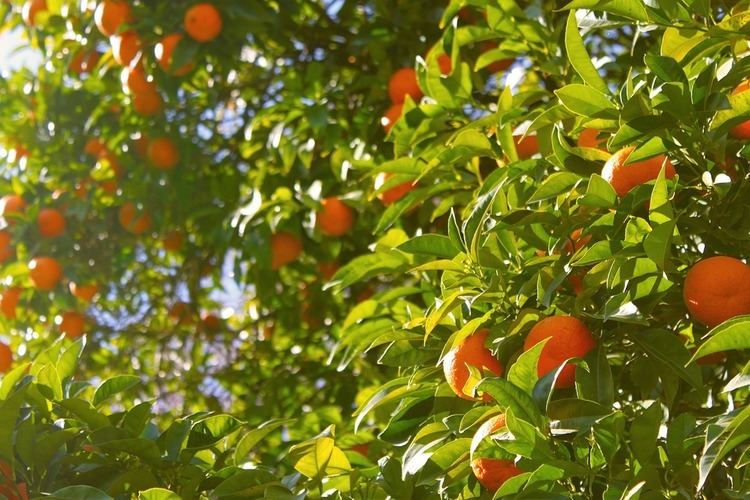 | ||
The Circle of Poison (COP) refers to the export of domestically banned pesticides for use on foods elsewhere, some of which returns by way of import. The "circle" is complete when the toxic chemicals that were exported are then used to grow fruit, meat, and produce that are imported and available for domestic consumption. This circle was first identified relative to the United States but the relationship also exists between other nations of the Global North and South.
Contents
History of concept
In the book, Circle of Poison: Pesticides and People in a Hungry World, David Weir (journalist) and Mark Schapiro of the Oakland-based Center for Investigative Reporting present an investigative study of how certain dangerous chemicals, which are banned in the U.S., still enter back into the United States and the American diet through food imports. Many restricted chemicals, especially pesticides, are produced in the U.S. and exported to the global south. The banned chemicals are then used on 'cash crops', which are subsequently exported to the U.S. and other industrialized countries for high profit.
The investigative study done by Wier and Schapiro showed that the highly potent and dangerous chemicals used in domestic agriculture led to a public clamor for strict regulations, and that pesticides contribute to the expansion of an export-oriented agriculture at the expense of food production for local needs. Even where they are applied to food crops, pesticide are often linked to the Green Revolution, which can mean more hunger even while it raises production. Pesticides, they aregue, are no solution to hunger-they bypass the needs of the poor who 'have neither money to buy food nor the land to grow it on'. Moreover, they claim because agrochemical companies are profit driven, they have tailored the regulations to permit unrestricted export of dangerous chemicals. Wier and Schapiro argue that this loophole has been a disaster.
Circle of Poison Prevention Act of 1991
In April 1991, the "Circle of Poison prevention Act" was introduced by Senator Patrick Leahy (D-VT) in the U.S. Senate and by Representatives Mike Synar (D-OK) and Leon Panetta (D-CA) in the House. This bill would have placed strict controls on exports of hazardous chemicals. Similar legislation passed both houses of Congress but died in conference committee.
In brief, the "Circle of Poison Prevention Act" would have:
Pesticide regulations
The United States Environmental Protection Agency (EPA) has the authority to regulate the sale and use of pesticides in the United States; before a pesticide can be sold, it must be licensed or registered by the EPA. While registration does not constitute "approval" by the EPA, it means that the agency has determined that a pesticide will not cause 'unreasonable adverse effects' on humans or the environment. The EPA may cancel or suspend the registration of a pesticide, if further evidence indicates that its use poses unreasonable hazard. Or it may restrict the uses for which it may be sold to very specific crops and application practices.
The EPA does not have the authority to prohibit the export of canceled or suspended pesticides; nor may it forbid the export of restricted use pesticides that may be equally hazardous in the hands of untrained applicators or new compounds, which have never been granted registration. Consequently, millions of pounds of pesticides, which have been determined to be unsafe for use in the U.S, are shipped to foreign ports.
Pesticide residue data
A 2005 summary report of pesticide residue done by the Pesticide Data Program (a program started by the United States Department of Agriculture) showed that out of 10,154 foods tested, fruits and vegetables such as apples and lettuce had the most pesticide residue.
Federal pesticide laws
The Federal Insecticide, Fungicide, and Rodenticide Act (FIFRA), and the Federal Food, Drug, and Cosmetic Act, are the two major laws responsible for pesticide control in the U.S. Department of Agriculture, and are also responsible for the safety of foods containing pesticide residues to the Department of Health, Education, and Welfare. The Secretary has delegated this responsibility to the Food and Drug Administration.
